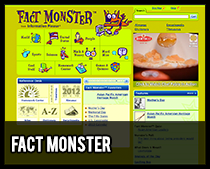Effects of Formic Acid on Amblyomma americanum (Ixodida.
Disclaimer: The Animal Diversity Web is an educational resource written largely by and for college students. ADW doesn't cover all species in the world, nor does it include all the latest scientific information about organisms we describe.Classification. Biota; Animalia (Kingdom) Arthropoda (Phylum) Chelicerata (Subphylum) Arachnida (Class) Ixodida (Order) Ixodidae (Family) Amblyomma (Genus) Amblyomma americanum (Species) Status. accepted. Rank. Species Parent. Amblyomma Koch, 1844. Synonymised names. Acarus americanus Linnaeus, 1758.Amblyomma americanum, commonly called the Lone Star tick, is a tick which is mostly found in the United States. Like most ticks it injects a toxic saliva when feeding. This venom serves to stop blood coagulating and to stop the host feeling the fact that a little arthropod is burrowing into their flesh.
A americanum, the lone-star tick, is abundant in the southern USA from Texas and Missouri to the Atlantic Coast and ranges northward into Maine. Southward, its distribution extends into northern Mexico. Because of the changing climate, the geographic range of this species continues to expand.. Like other African Amblyomma ticks (bont ticks.Amblyomma americanum, also known as the lone star tick, the northeastern water tick, or the turkey tick, is a type of tick indigenous to much of the eastern United States and Mexico, that bites painlessly and commonly goes unnoticed, remaining attached to its host for as long as seven days until it is fully engorged with blood.

The lone star tick (Amblyomma americanum L.) is native to the United States, with its primary range encompassing the Southeast and portions of the Midwest. It is an aggressive ectoparasite that actively seeks out hosts through detection of carbon dioxide and vibrations and can transfer ehrlichiosis-causing bacteria as well as a carbohydrate that causes alpha-gal syndrome (red meat allergy) in.










